
Art / “Know My Name: Making It Modern”. At the National Gallery of Australia, until October 8. Reviewed by BARRINA SOUTH.
IF asked, could you identify the following Australian artists – Spowers, Syme, Cotton, Beckett, Preston and Cossington Smith?
I would assume most would have heard of or seen the works of Preston or even Cossington Smith. But if you can’t say “yes” to all the above-mentioned, the pioneering women artists who changed the course of modern art in Australia, then you need to visit the new exhibition at the National Gallery.
This August, the National Gallery opened its recent exhibition “Know My Name: Making It Modern”, exploring the impact that early modernist women artists have made on Australian art history through major presentations by Ethel Spowers, Eveline Syme, Olive Cotton, Clarice Beckett, Margaret Preston and Grace Cossington Smith, focused on the dynamic period between the 1920s and the late 1940s.
As soon as you make your way to the exhibition, in the entrance you are welcomed by oversize portraits of each of the six artist that invite you in, to spend time to get acquainted with them. This approach is genius in that you are immediately introduced to the artists, allowing the visitor to make a connection. Introducing the artists in this way without text suits today’s audience. This is how we connect, with one another, through social media. I see a group of schoolboys pointing and eventually deciding on which portrait to get a selfie with, teacher obliging.
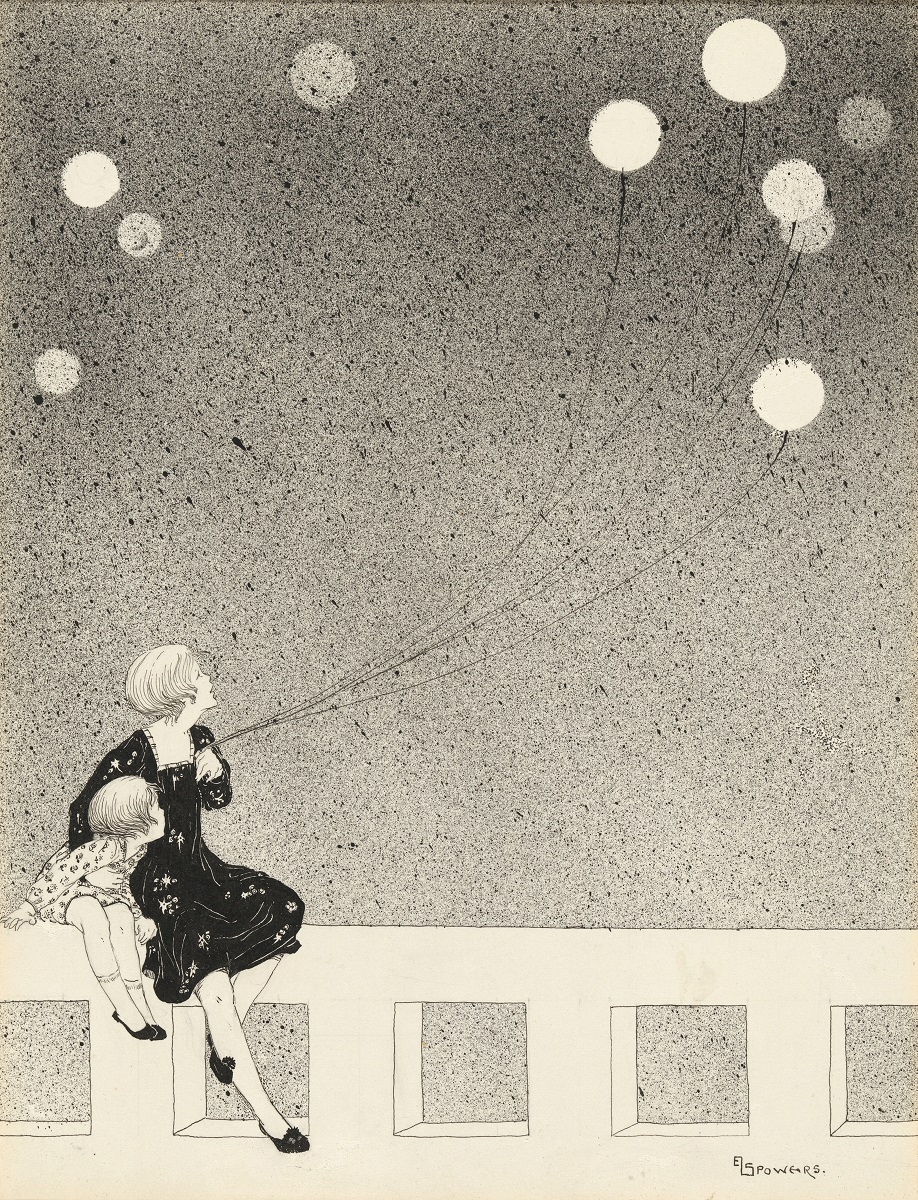
The exhibition “Know My Name: Making It Modern” is a detailed and complex show, there is a lot to take in, but in a good way.
If you plan to visit, allow enough time to immerse yourself into each of the works on show. I can assure you, after visiting the exhibition you will confidently know all six artists and their influence. Which is why the National Gallery’s commitment to gender equity is working, the vision of the gallery is to inspire our nation through creativity, inclusivity, engagement and learning to highlight women’s contribution to the arts.
Despite the amount of information and diverse works on show, the curators have presented each of the six artists and their work in a way that isn’t overwhelming.
Each artist and their work seamlessly takes the baton from the other artist, despite the various artist style, be it linocuts, photography or paintings and diverse subject matter.
The first artists we are introduced to are Ethel Spowers and Eveline Syme. To be honest, I would have been hard pressed to have recalled the names of these two artists despite being familiar with some of their work. Spowers and Syme were good friends and contributed to the art world during the 1920 and 1930s. Spowers sixth and final show was held at the end of 1936.
Syme continued after Spowers’ passing, until her final linocut “Filipino Lily” (1958), an elegiac two-colour print. The prints of Spowers and Syme show movement and energy depicting the themes of family and children, and I’m drawn to Spowers’ “Balloons,” 1920. She depicts a moment of mother and child taking delight in playing and watching balloons. Then there are other works which invite the viewer to pause, pay attention to the landscape in works depicting the Yarra River, Victoria.
The exhibition has a sensitivity to it and if you were enthralled with the summer blockbuster, “Cressida Campbell”, you must see the works of Spowers and Symes. The gallery visitor then moves on towards Olive Cotton’s photographs whose work reach is beyond the camera frame, there is movement in her work be it teacups, shadows across landscape or capturing dead sunflowers.
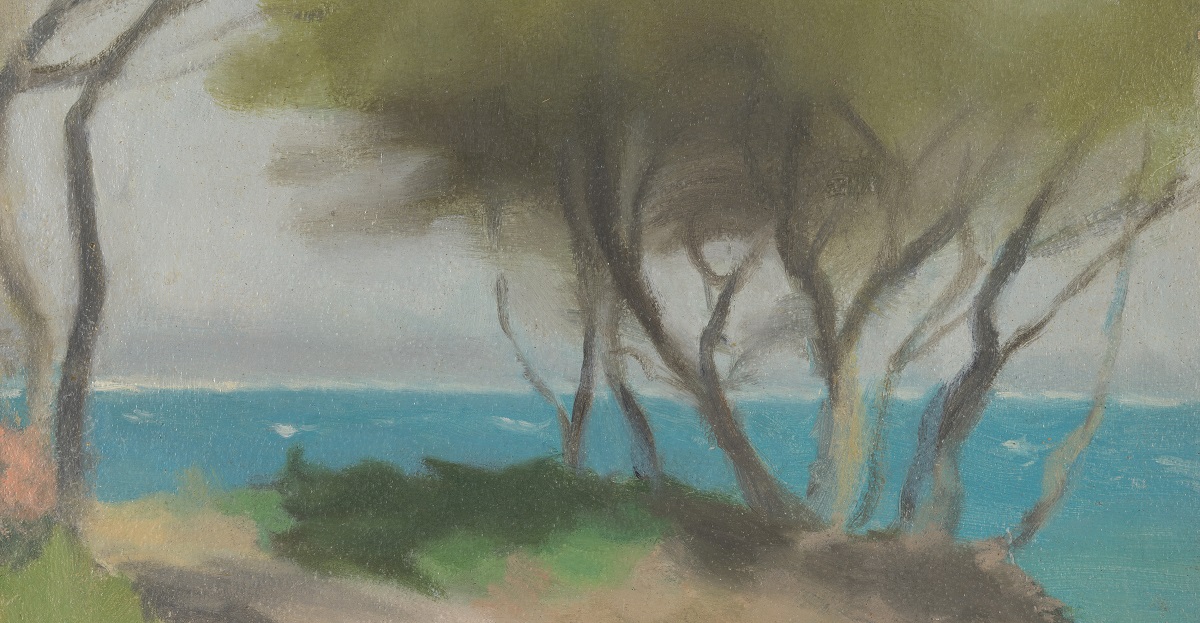
The gallery visitor is then led to the work of Clarice Beckett, a collection of misty, dreamlike subtle landscapes a stark contrast to the Margret Preston works that hang in the exhibition space beside Beckett. Preston’s bold iconic, commanding works will be familiar pieces to many visitors. Positioning the two beside each other is a delight to the visual senses and by the time the visitor leaves Beckett and Preston and reaches Grace Cossington Smith, her post-impressionist, bright-coloured paintings of broad-brush strokes takes the visitor in another visual direction.
Who can be trusted?
In a world of spin and confusion, there’s never been a more important time to support independent journalism in Canberra.
If you trust our work online and want to enforce the power of independent voices, I invite you to make a small contribution.
Every dollar of support is invested back into our journalism to help keep citynews.com.au strong and free.
Thank you,
Ian Meikle, editor
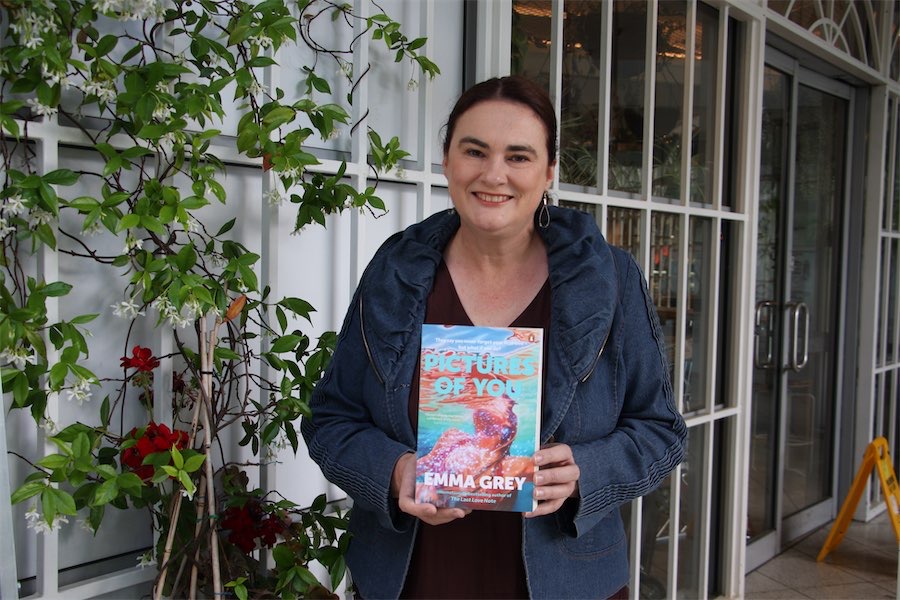
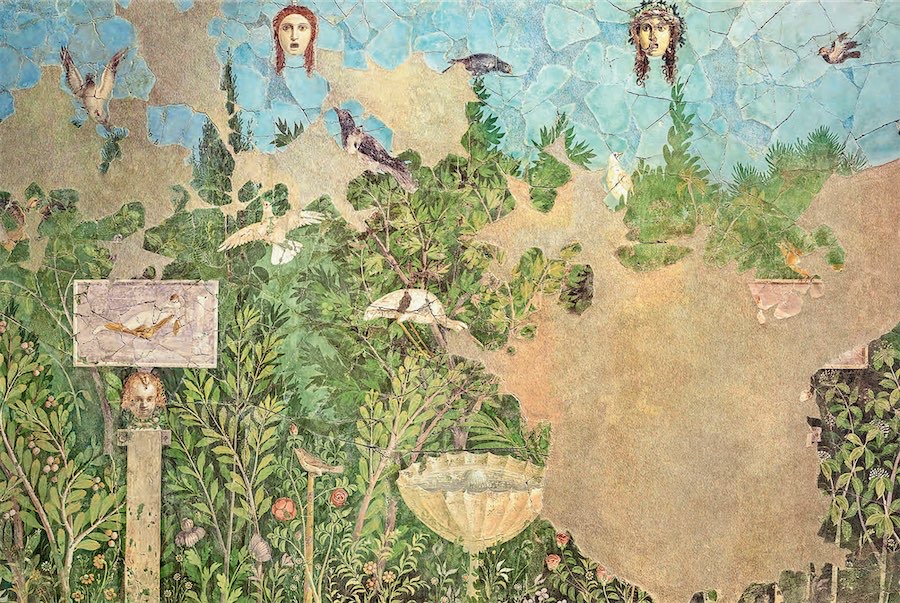
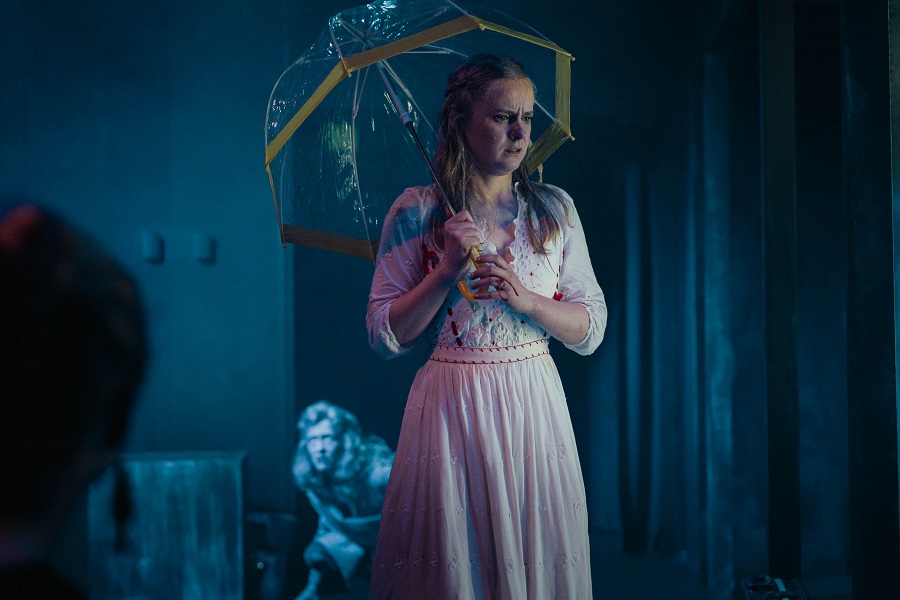

Leave a Reply